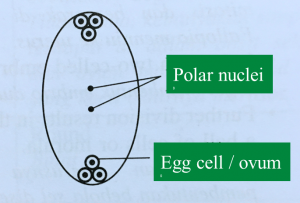[adinserter block="3"]
Question 16:
State the first two common multiples of 3, 5 and 6.
Solution:
Multiples of 3 = 3, 6, 9, 12, 15, 18, 21, 24, 27, 30, 33, 36, 39, 42, 45, 48, 51, 54, 57, 60, …
Multiples of 5 = 5, 10, 15, 20, 25, 30, 35, 40, 45, 50, 55, 60, …
Multiples of 6 = 6, 12, 18, 24, 30, 36, 42, 48, 54, 60, …
The first two common multiples of 3, 5 and 6 are 30 and 60.
State the first two common multiples of 3, 5 and 6.
Solution:
Multiples of 3 = 3, 6, 9, 12, 15, 18, 21, 24, 27, 30, 33, 36, 39, 42, 45, 48, 51, 54, 57, 60, …
Multiples of 5 = 5, 10, 15, 20, 25, 30, 35, 40, 45, 50, 55, 60, …
Multiples of 6 = 6, 12, 18, 24, 30, 36, 42, 48, 54, 60, …
The first two common multiples of 3, 5 and 6 are 30 and 60.
[adinserter block="3"]
Question 17:
Find the lowest common multiple (LCM) of 4, 8 and 24.
Solution:

Find the lowest common multiple (LCM) of 4, 8 and 24.
Solution:

[adinserter block="3"]
Question 18:
Find the lowest common multiple (LCM) of 8, 12 and 15.
Solution:

Find the lowest common multiple (LCM) of 8, 12 and 15.
Solution:

[adinserter block="3"]
Question 19:
Find the highest common factor (HCF) of 26, 52 and 156.
Solution:

Find the highest common factor (HCF) of 26, 52 and 156.
Solution:

[adinserter block="3"]
Question 20:
Given that (m + 5) is the highest common factor of 81 and 108, find the value of m.
Solution:

Given that (m + 5) is the highest common factor of 81 and 108, find the value of m.
Solution:


